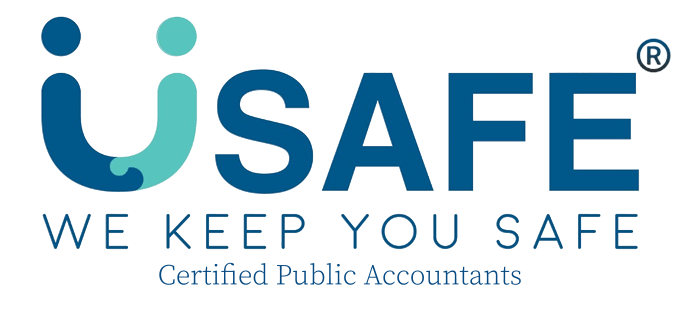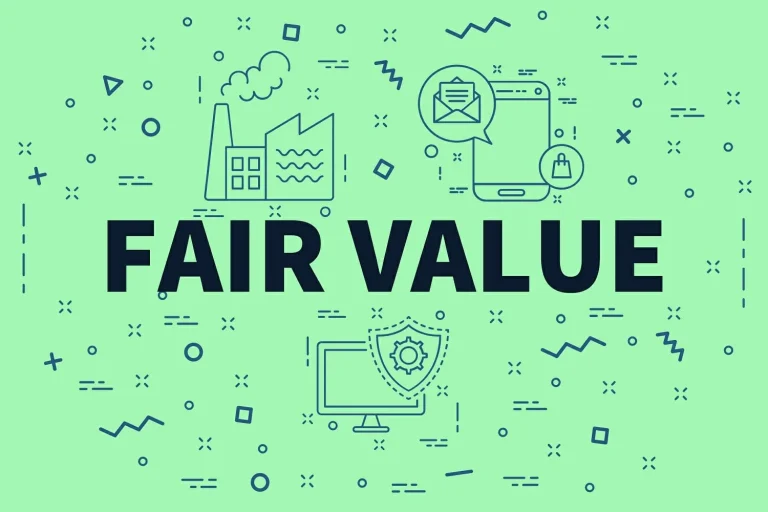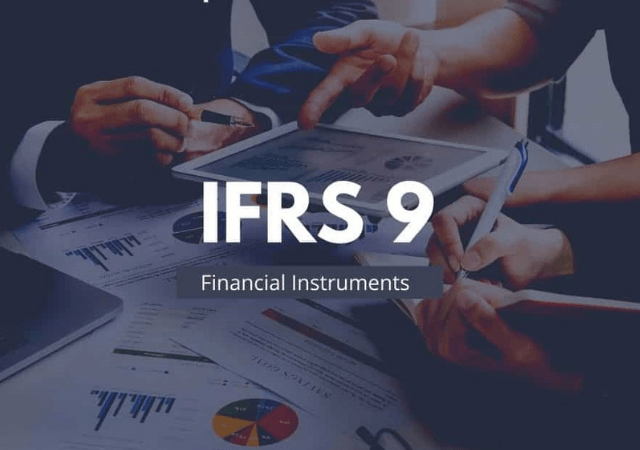Step-by-Step Guide to Implementing FRS 116: Leases Accounting
FRS 116, or the Financial Reporting Standard 116, is the Singaporean accounting standard that governs how businesses should account for leases in their financial statements. It was issued by the Accounting Standards Council (ASC) in Singapore. FRS 116 replaces the previous standard, FRS 17, and introduces a single lease accounting model for lessees.
Step-by-Step Guide to Consider in a Practical Way:
- Lease Identification: Identify all leases within your business operations, including both operating leases and finance leases. Additionally, ensure comprehensive documentation of lease agreements.
- Lease Classification: Determine whether each lease meets the criteria for classification as a finance lease or an operating lease. Indeed, this classification will impact the accounting treatment under FRS 116.
- Lease Term: Accurately assess the lease term, including any options to extend or terminate the lease, as this affects the recognition and measurement of lease liabilities and assets.
- Discount Rate: Calculate the discount rate to determine the present value of lease payments. Consider utilizing rates published by MAS (Monetary Authority of Singapore) on “Prime Lending Rate” for discounting purposes.
https://eservices.mas.gov.sg/Statistics/msb/InterestRatesOfBanksAndFinanceCompanies.aspx - Initial Recognition: Recognize lease liabilities and right-of-use assets at the commencement date of the lease, based on the present value of lease payments over the lease term.
- Subsequent Measurement: Measure lease liabilities using the effective interest method, adjusting for lease payments and reassessments of lease terms. Subsequently, depreciate right-of-use assets over the lease term or useful life, whichever is shorter.
- Practical Expedients: Consider practical expedients provided under FRS 116, such as those related to short-term leases, low-value assets, and lessee accounting for lease modifications.
- Disclosures: Ensure compliance with disclosure requirements under FRS 116, including information on lease arrangements, lease terms, lease liabilities, and right-of-use assets.
Therefore, by understanding these practical aspects of FRS 116, businesses can effectively implement the standard, accurately account for leases, and ensure compliance with regulatory requirements, ultimately enhancing transparency and reliability in financial reporting.
Disclaimer: This article is for informational purposes only and does not constitute any professional advice. Feel free to contact us to consult with our professional advisors team for personalized advice and guidance.
Sources:




